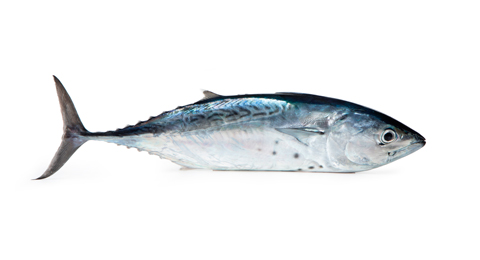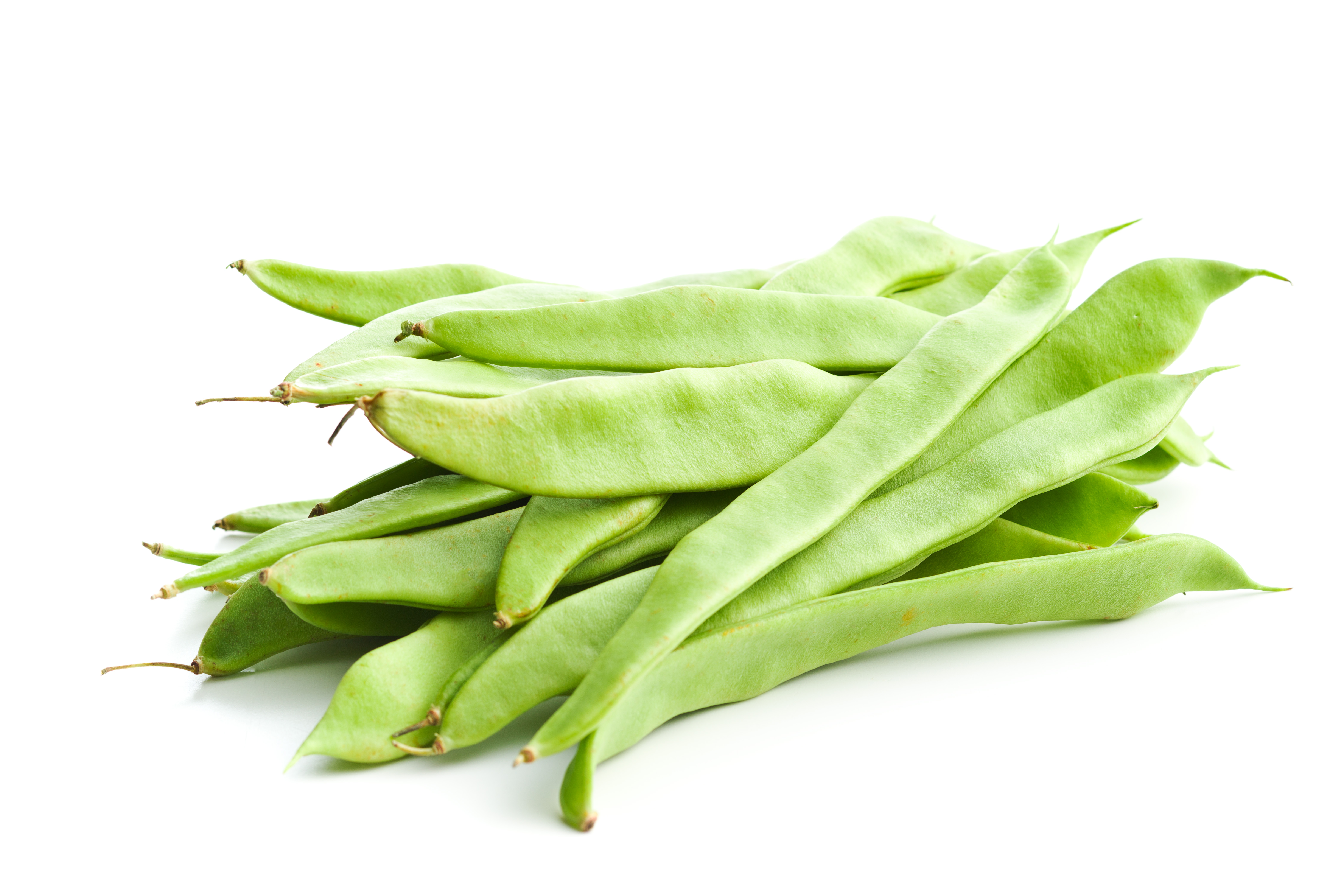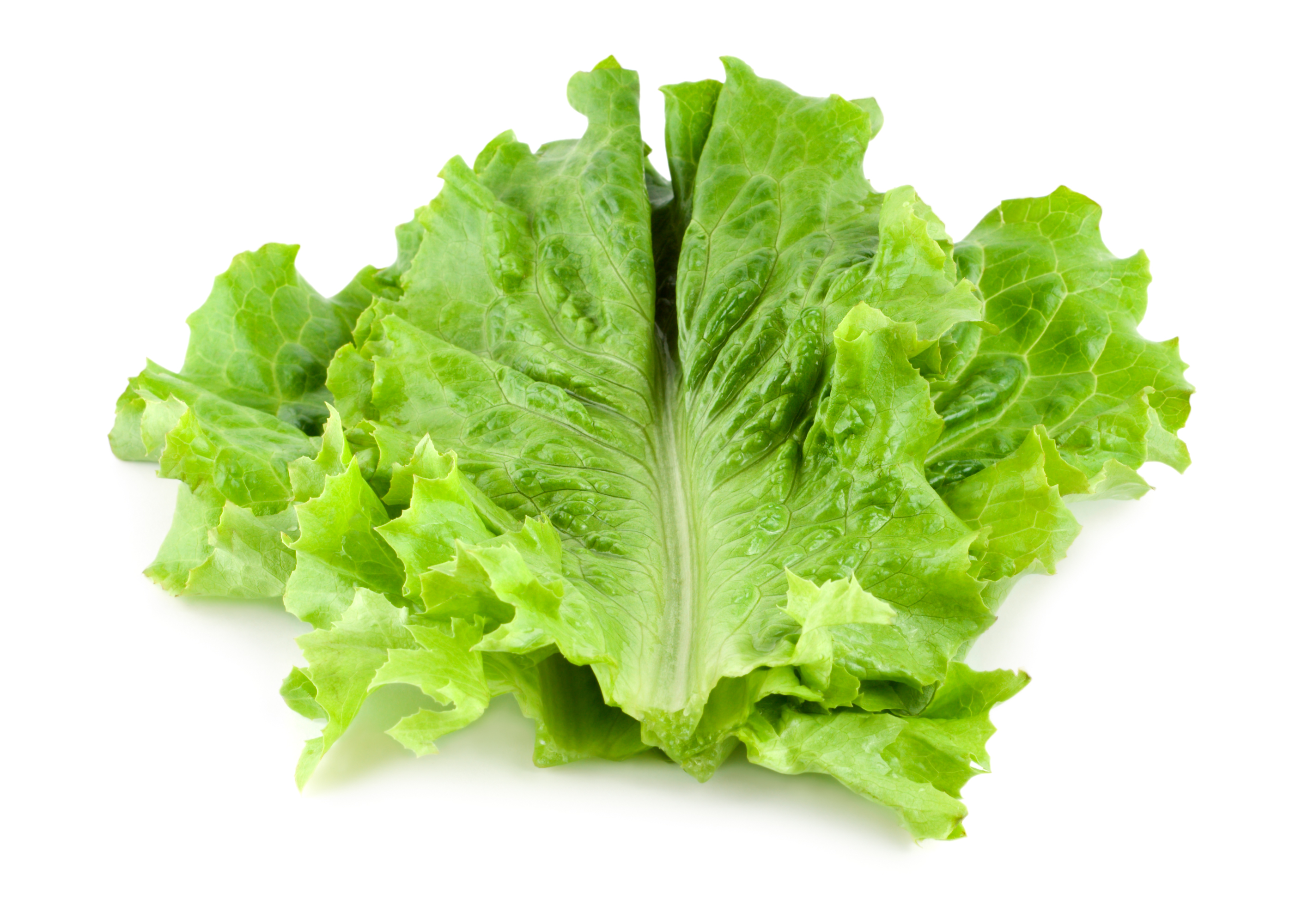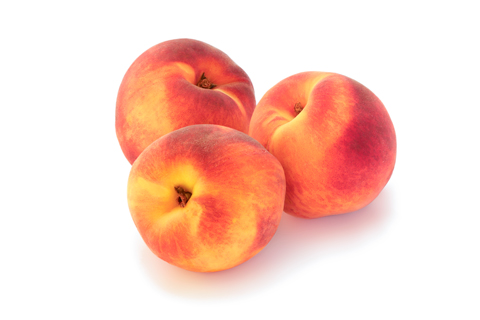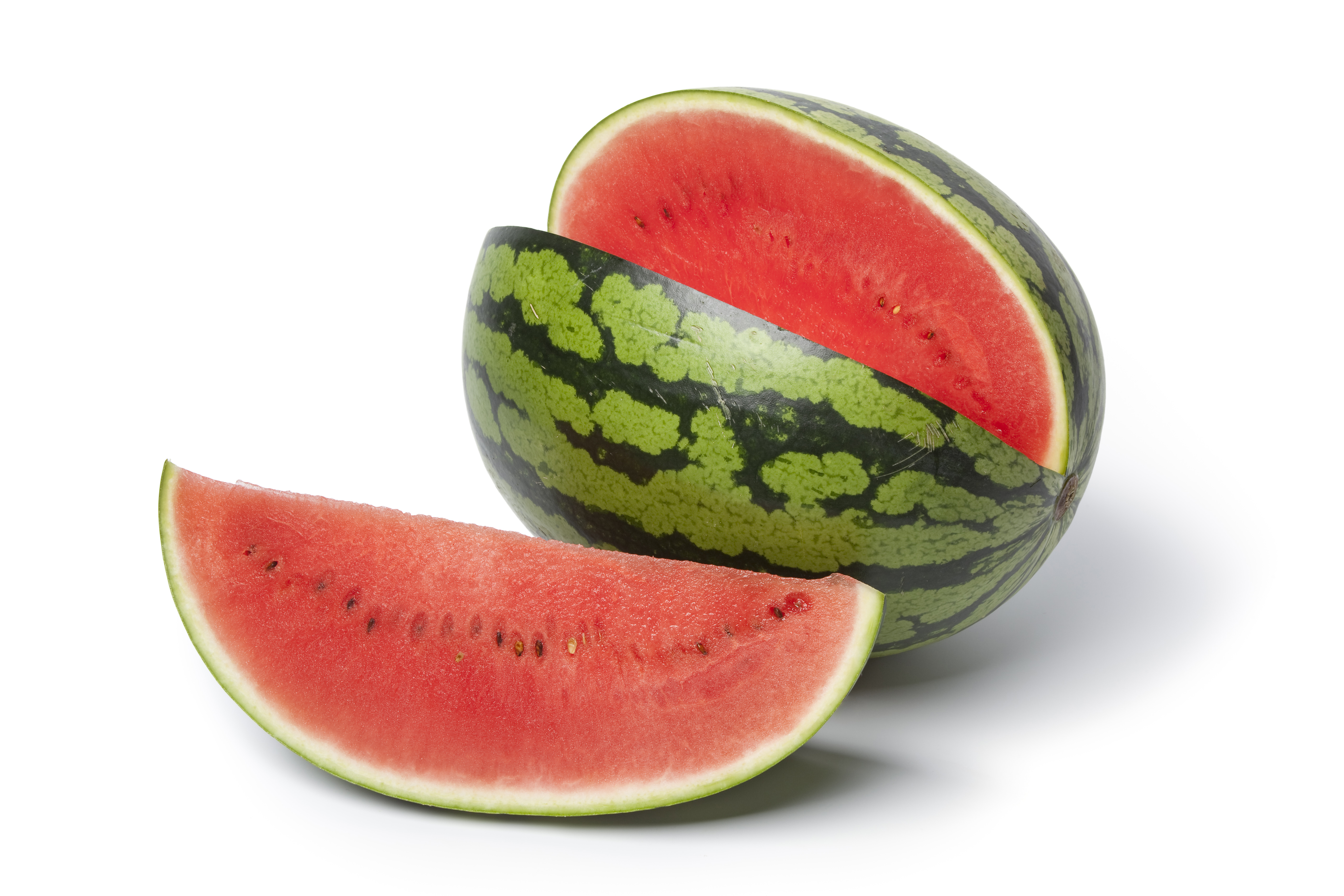Melon
The scientific name for melon is Cucumis melo and it is a species from the Cucurbitaceae family, originating from the eastern Mediterranean region and Western Asia. Its extensive cultivation has given rise to numerous varieties. Production extends throughout the warm regions of most of the world with dry, hot summers. Melons have a high water content during the summer, when they are at their sweetest. Their size depends on their variety and growing conditions, which is why we can find a huge range of sizes, shapes and flavours. We can find melons weighing anything from 400 g to 20 kg with a large range of organoleptic differences.
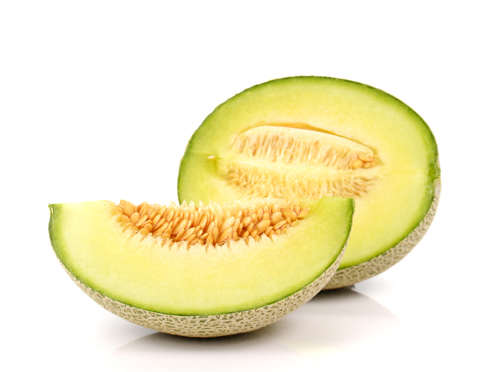
-
- Cantaloupe
- Ribbed-rind melon
- Yellow melon
- Galia melon
- White melon
- Hami o Chinese melon
- Japanese melon
- Yubari melon
-
The most cultivated varieties in Spain are: the ribbed-rind variety, which is mainly grown in Castilla-la Mancha and along the Mediterranean coast.
The tender variety, which is a hybrid of the ribbed-rind variety and is cultivated above all in Elx. And the yellow Canary melon which, as its name suggests, is cultivated in the Canary Islands.
-
Found in the eastern Mediterranean region and western Asia for over 4000 years, the exact origins of the wild species is still unknown. The Capitulare de villis vel curtis imperii (an order issued by Charlemagne ordering the planting of a series of products in cultivation fields) refers to melons as "pepones" and grants them medicinal powers, therefore ordering more "pepones" to be cultivated.
-
The best time to eat melons is during the summer months, from July to September, when melons grown outdoors are harvested, taking care to see the fruit is completely ripe and has developed a sweet taste.
-
The best way to store melon is to put a whole melon in a dark place with a fresh and dry atmosphere. If the melon is cut, it should be kept covered with cling film in the fridge.
-
80% of this fruit is made of water, and the few calories it provides are due to its moderate sugar content. Vitamin C has an antioxidant action, the same as beta-Carotene. This vitamin plays a role in the formation of collagen, bones, teeth and red blood cells and promotes the absorption of iron from food and resistance to infections. Beta-Carotene is converted into vitamin A in the body when it is needed. This vitamin is essential for vision, healthy skin, hair, mucous membranes, bones and the good functioning of the immunological system.
Reticulated melons differ from the rest in being an excellent source of pro-Vitamin A (beta-Carotene), vitamin C and carbohydrate (mainly sucrose). As fresh fruit go, they are the richest source of sodium (10 milligrams/100 grams of product, compared to an average of 4 milligrams/100 grams for all other fruit).
-
Calories (kcal) 52.4
Carbohydrates (g) 13.1
Fibre (g) 0.8
Potassium (mg) 320
Magnesium (mg) 11.8
Calcium (mcg) 15.8
Iron (mcg) 0.4
Vitamin C (mg) 32
Folic acid (mcg) 2.7
Pro-Vitamin A (mcg) 3
-
gelatine
Liquidise the peeled melon and mix in sugar with xanthan gum or agar-agar.
candied
Peel the melon removing its seeds and put it in a pan covered in syrup. Leave it for a while and put the mixture in the oven to dry.
mousse
Blend the melon, add cream and sugar and then put the mixture into a syphon.
air
Liquidise the melon, add lecithin and correct its pH level, if necessary.
ice cream
Make a puré with the melon, add sugar and freeze it.
-
If you've got too much melon and you’re worried it will go off before you get the chance to eat it, you can make cold soups out of it, for example, with a bit of lemon juice and a dash of garlic and mint. You can also freeze it in pieces to make smoothies or mash it and place it in small glasses to make a sorbet or in ice cream moulds, to enjoy when you want a healthy ice cream free of added sugar.
You can also make jams, gelatin desserts or chutneys from it, which you can prepare by leaving the melon pulp to marinate for a few hours with onion, sugar, vinegar, lemon juice and spices to taste. Cook it for a while in a pot with a lid over a moderate flame and remove the lid, stirring constantly until it thickens. The mixture should be put in jam jars sterilised for storage.
As for the white part of the melon’s rind, peeling off its outermost part with a peeler, you can candy it, as with watermelon rind.



